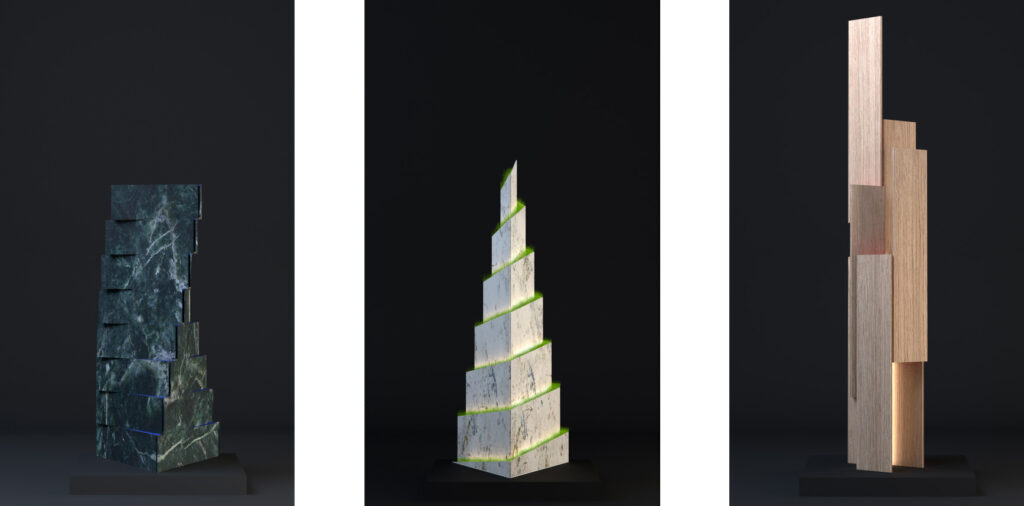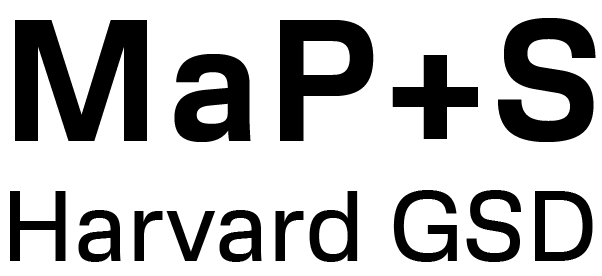‘Material Perception’ Exhibition @ Venice Architecture Biennale 2025
Globally, approximately 16 billion square meters of ceramic tiles are installed annually! Yet despite their ubiquity – who remembers the tiles of hotel lobbies, supermarkets, airports, hospitals? We might recall people, a beautiful view, or getting lost. Tiles, or more generally, materials? Walter Benjamin, in his 1939 essay ‘The work of Art in the Age of its Technological Reproducibility’, reminds us that ‘Architecture has always offered the prototype of an artwork that is received in a state of distraction and through the collective.’ Research in perception science supports this observation. Materials, it seems, are doomed to be overlooked.
The Material Processes and Systems (MaP+S) group at Harvard’s Graduate School of Design, founded by Martin Bechthold, has long been a leading academic research unit with a focus on materials. Earlier MaP+S installations include work that demonstrates the structural capacity of ceramics: a grid shell and three model towers were made entirely out of thin porcelain tile. The two-story sculptural hypar tower demonstrates how post-stressing can lend load-bearing capacity to hollow extrusions, while the tessellated walls derive their aesthetic presence through exposing what we don’t normally see – the inner division structure of hollow extrusions.
MaP+S work has often created unexpected encounters with ceramic tiles to demonstrate that these products, once removed from walls or floors, can attain unique structural and spatial design qualities. The prototypes displayed in the exhibition are focused on our work with dry-pressed flat tiles, often designed as hyper realistic imitations of other materials. These ‘faux’ materials – physicalized renderings – have a long history: terracotta facades starting in the late 19th century were frequently faithful yet more economical reproductions of stone. The exhibition shows several floor mounted installations using industrially produced porcelain imitation tiles as ‘cairns’, removed from their contexts, allowing the material itself to emerge as a protagonist to curate unexpected encounters with a strange world of hyper realistic imitation materials. These faux material markers operate on the dual scale of architectural model as well as material artifact, only revealing their true materiality upon closer inspection.

The wall-mounted artifact draws on scientific findings from the areas of photobiology and neuroscience to evoke a gamut of circadian effects—a “Circadian Transition”—based on the viewer’s position, movement, and exposure to its shifting hue. As the viewer moves, a gradual transition from blue-enriched to blue-depleted tones unfolds. Materialized through a dual geometric arrangement of porcelain tiles resembling colored onyx, the installation transforms a static surface into a dynamic experience in which the effect of architectural form, along with its perception, is intrinsically shaped by materials and the observer’s point of view.
Credits:
Text written by Martin Bechthold and Marina Sartori, with contributions by Maroula Zacharias, also available in the Time Space Existence 2015 Catalog.
Other exhibition contributors: Juan Pablo Ugarte Urzua, MaP+S
Material / Fabrication Sponsor: APE Grupo
